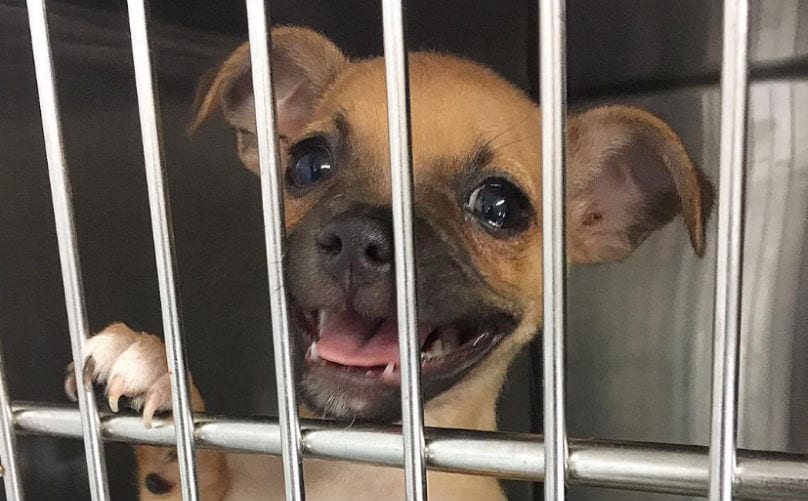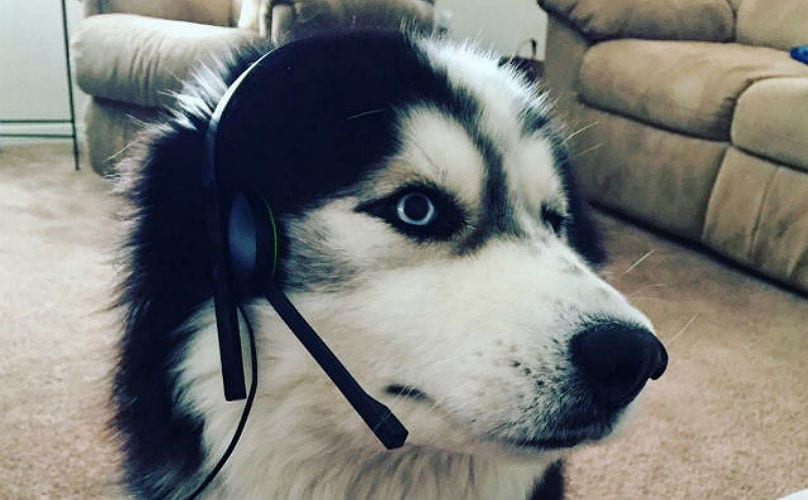***Looking for a gift to blow your pup’s mind? Spoil them with a BarkBox! Every month BarkBox delivers 2 original toys, designed in-house, 2 full bags of all-natural treats, and a chew. Our treats are made in the USA and Canada, and our recipes never contain any wheat, soy, or corn. Because we want #BarkBoxDay to be incredible for pups AND their parents, every box is wrapped in a fun surprise theme that changes monthly. Sign up here and receive a free extra toy every month. <-- This deal is worth up to $120 in value if you sign up for a 12-month subscription! :)
Earlier this week, we wrote about a study that examined how accurately rescue dog breeds are labeled by their intake shelters. After DNA testing the dogs in a shelter, the results revealed that the shelter staff and veterinarians who gave breed assessments on incoming dogs regularly misidentified the breed. For dogs with Pit Bull-type appearances, whether or not they technically have any Pittie DNA, this mislabeling can seriously harm their chances of being adopted.


This discovery of mislabeling dog breeds leads to a big question: If DNA testing is able to identify a dog’s genetic makeup more accurately than staff assessment, why not implement DNA testing at every shelter?


Before we answer that, we need to discuss a few details about DNA testing, starting with what it is exactly. Just like humans, dogs have their own DNA that makes them who they are. And again like humans, the more closely related the breed is, the more similar their DNA. This means that pure breeds have a distinctive set of markers that gives dogs the characteristic traits of that breed. The way DNA testing works is that a sample of a dog’s DNA is collected by cheek swab, or in some cases a blood test, then sent to a company who run it against a database of breed-specific markers to find matches. By identifying these breed-specific markers, the company will be able to give the owner a better idea of their dog’s genetic history.
[bp_related_article]
Sounds pretty simple, right? Not quite. As with any new technology, there are some problems with DNA testing in canines that need to be taken into consideration.
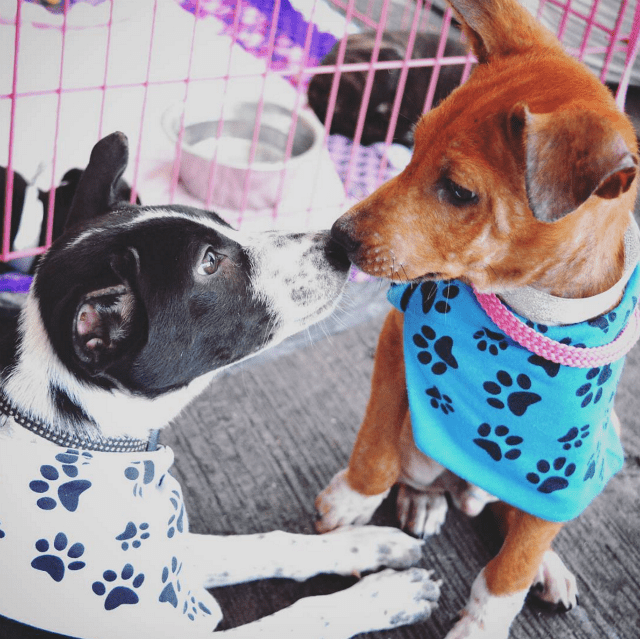

One of the biggest concerns with doggie DNA testing is that the process is not entirely accurate. There are currently a number of companies on the market with databases of several hundred breed-specific profiles to which DNA samples can be compared. While these numbers are impressive, there is more than twice that number of recognized dog breeds in the world. This raises the issue of the accuracy of results. Dogs that arrive in a shelter may have similar genetic markers as a few different breeds in a given database, but what if there is another breed that they are even closer to that isn’t on that particular list? The smaller the company database, the bigger the issue this becomes.


It’s important to note that the accuracy of these results also depend on the quality of the sample that is provided. When done correctly, these tests can have up to a 90% accuracy rate. But again, that is dependent on the test being done correctly. The vast majority of take-home DNA tests require owners to take a cheek swab sample from their maybe-not-so-willing pooch.
If you’ve ever tried to give your dog a pill, you know exactly how difficult it can be to get something into the mouth of a squirming pup. Now multiply this by the couple hundred or thousand dogs that arrive at shelters each year and you can see that there is considerable room for human error that could degrade the quality of the results.


The researchers at the University of Florida likely considered the higher possibility of human error when they opted to use blood tests over cheek swabs. Both samples can provide genetic information, but the chance of human error impacting the results is reduced with blood testing. However, the cost associated with collecting blood samples is significantly higher than mouth swabs since it requires additional veterinary assistance, something that shelters may not have the budget for.
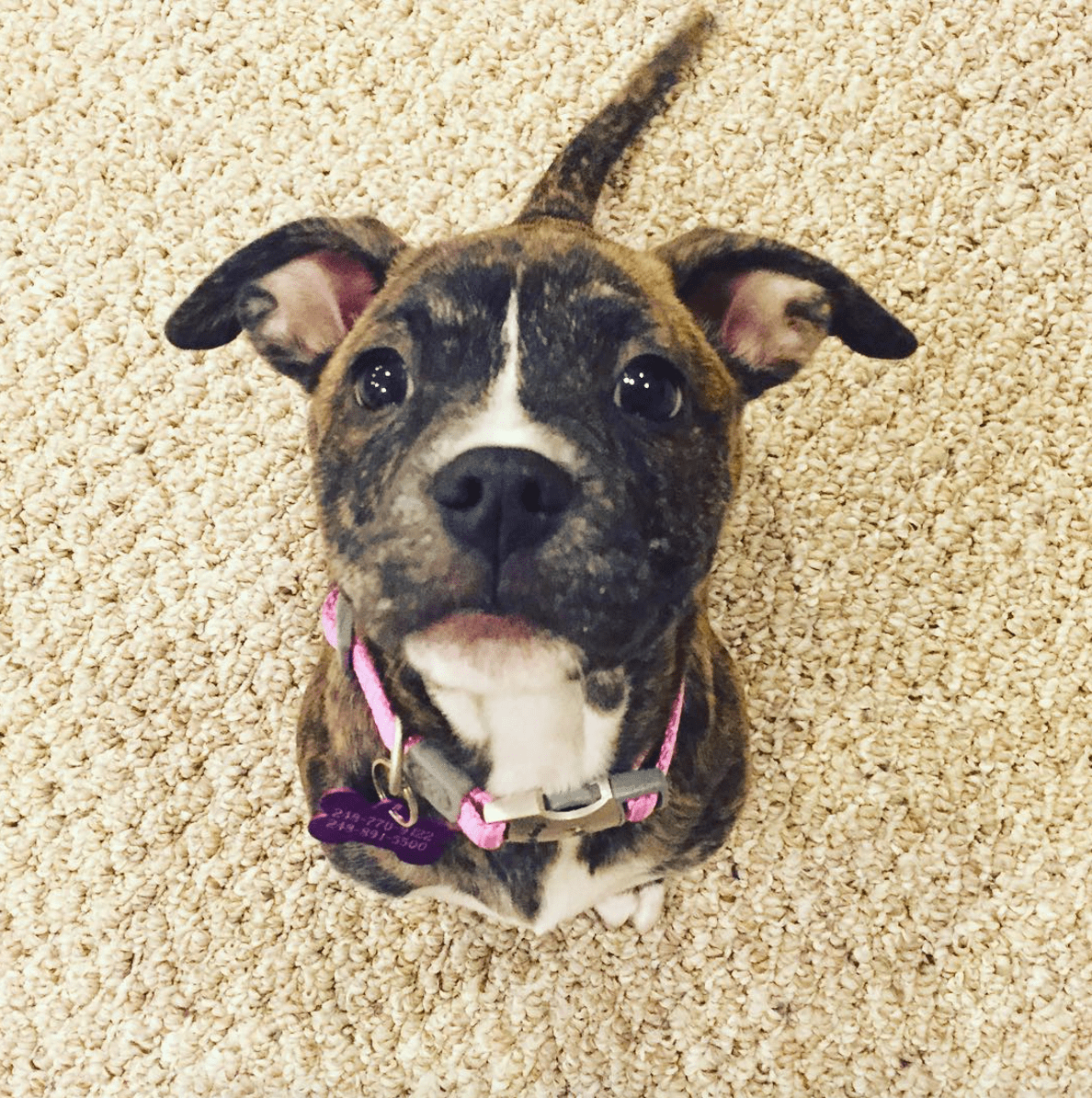

This doesn’t mean that DNA testing should be completely forgone. Even with the degree of error that can occur with cheek swab tests, these DNA tests can narrow down the breed category that your dog belongs to. When a company’s database doesn’t have the exact breed that makes up a dog’s DNA, they will likely have one of a similar breed.
Learning the identity of a similar breed can still give you a lot of valuable information about a dog because as we mentioned earlier, the closer the relationship between two dogs, the more similar their DNA will be. For shelters in particular, where there is often limited background information on the dogs that arrive, having even this general insight into a dog’s past can provide critical information that can be used to create an accurate breed profile, especially in the case of Pit Bulls.
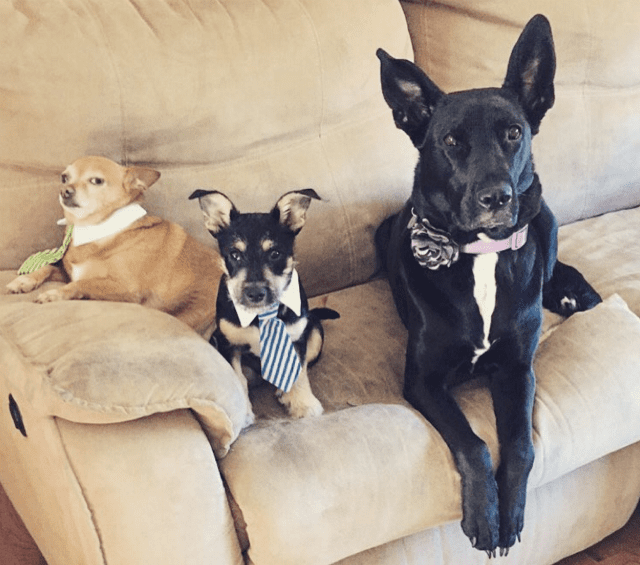

Despite the growing number of companies in the market, the price of a dog DNA test is still quite high, averaging between $60.00 and $85.00. This might not seem like much for a dog owner who is looking to know more about their beloved pup’s history, but even at the low end of $60 per test the cost is prohibitive to shelters considering the number of dogs they take in each year. To conduct a DNA test for every dog that comes into a shelter would consume a significant portion of a shelter’s budget that could be used for other necessary items like food and veterinary care.


Understanding the time and budget constraints that shelters are under, Mars Veterinary has developed a line of shelter DNA tests called DogTrax. DogTrax is sold to shelters at a discounted rate and provides results in just four or five days, compared to the two- or three-week window of standard tests.
This increased access to DNA testing has some shelters getting creative with how they use the test results. The Peninsula Humane Society and SPCA in Burlingame, California began conducting DNA testing on incoming dogs The results, as you can imagine, were amazing. For each of the dogs tested, they created a one-of-a-kind breed profile, which was used to help gain the attention of potential owners. For example, one of the dogs was a mix of Cocker spaniel and Lhasa Apso, so was bestowed with the moniker Foxy Lhocker. The “Who’s Your Daddy” campaign was a great success with each of the tested dogs finding their forever homes within two weeks of learning their genetic history.
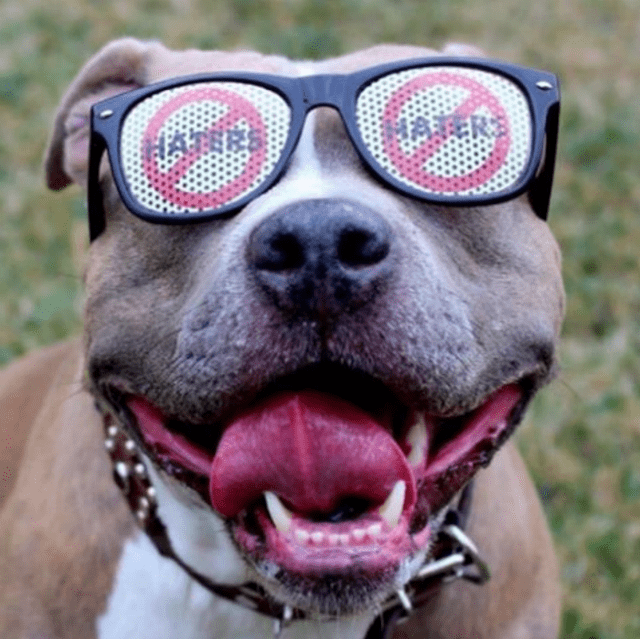

So the question still stands: Is DNA testing a viable option for shelters? Despite the potential limitations of canine DNA testing, in an ideal world, it would be great if all shelters could use it to determine more accurate breed histories for their incoming animals. However we understand that this is not always possible.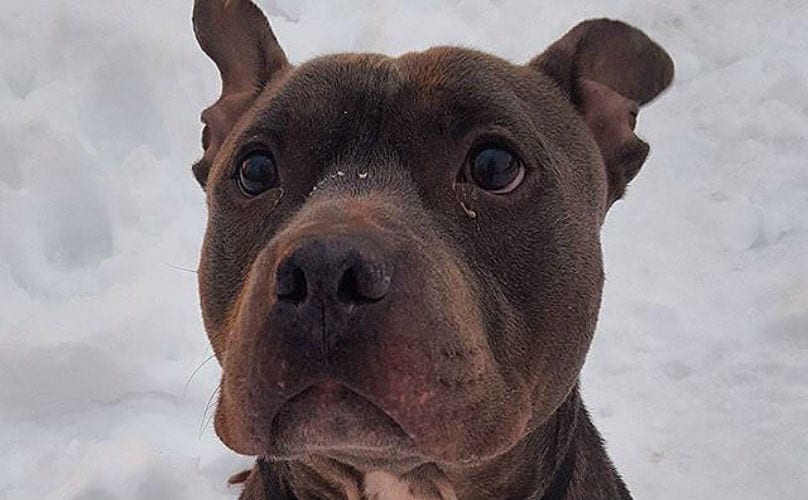

Whether shelters begin using DNA testing for all of their animals or just a select few, it’s always good to remind potential adopters that a dog’s genetic makeup is not a magic mirror into their behavior. The secret to learning about a dog’s behavior is actually very simple: throw them a ball, take them for a walk or just snuggle up on the couch with them and just like magic their behavior will be revealed right before your eyes.





